توضیحات
ABSTRACT
The concept of resilience is probably one of the best-known new international concepts, which have gained attention since the economic crisis in 2008. Since then, this global challenge has redirected general focus at all tiers from “faith” in unstoppable progress to more desirable stabilisation and preparedness. Being the major places of globalism, cities across the World have suffered from the crisis. Therefore, they have profoundly embraced the postulates of resilience, transforming them with “urban” footprint – urban resilience. The creation of this significant concept has been in the agenda of many international organisations. However, the concept of urban resilience is still a novelty, with accompanying implementation problems. This is a very important issue in the field of urban design, a part of urbanism very much connected to concrete functioning in situ. This “implementability” of the concept of resilience in urban design is an important issue for Serbia. As a post-socialist country, it has witnessed various problems and general inconsistency. With a strong motive to cope with them, local authorities and institutions often try to directly implement foreign-arisen concepts and knowledge, without any local adaptation. The results of these forceful acts are usually questionable. Therefore, the aim of this paper is to understand how the principles of resilient urban design are tailored and how they are important for Serbian cities. Hence, general urban plans as the main development documents in Serbian cities are researched through the lenses of these principles, with expectations to check if they are ready to make urban design in relevant cities more resistant. The final contribution of the paper is foreseen in the form of guidelines to enforce urban resilience at local level.
INTRODUCTION
Many current papers in urban planning and design start by expressing the consideration that urban population has recently become prevalent at global level. According to the prospects of the United Nations (UN), it happened in 2007-2008. Furthermore, the figures that support this are increasing rapidly; it is projected that the share of urban dwellers will reach 2/3 of World population till the middle of 21st century (UN, 2014). Moreover, the share is even more remarkable in the case of energy; 60-80 per cent of energy consumption and 75 per cent of carbon emission are related to cities (UN, 2015). Therefore, the future of the World is in cities, regardless of whether the fact is considered positive or negative.
چکیده
مفهوم انعطاف پذیری احتمالا یکی از معروف ترین مفاهیم بین المللی است که از زمان بحران اقتصادی سال 2008 مورد توجه بوده است. از آن به بعد، این چالش جهانی تمرکز عمومی را در تمام سطوح از “ایمان” در پیشرفت غیرقابل توقف تا مطلوب تر هدایت می کند تثبیت و آمادگی. شهرها در سرتاسر جهان به عنوان مکان های بزرگ جهانی شدن از بحران رنج می برند. بنابراین، آنها عمیقا به پذیرش مقدمات انعطاف پذیری، تبدیل آنها به رد پای “شهری” – انعطاف پذیری شهری. ایجاد این مفهوم قابل توجه در دستور کار بسیاری از سازمان های بین المللی بوده است. با این حال، مفهوم انعطاف پذیری شهر هنوز هم یک تازگی است، با مشکالت پیاده سازی همراه است. این مسئله بسیار مهم در زمینه طراحی شهری است، بخشی از شهرنشینی که به طور خاص در محل کار مشخصی مرتبط است. این “قابل اجرا بودن” مفهوم انعطاف پذیری در طراحی شهری یک مسئله مهم برای صربستان است. به عنوان یک کشور پسا سوسیالیستی، شاهد مشکلات و ناهماهنگی کلی است. با انگیزه قوی برای مقابله با آنها، مقامات محلی و نهادهای محلی اغلب سعی می کنند به طور مستقیم مفاهیم و دانش های بیرونی را بدون هیچ تطبیقی محلی تحقق بخشند. نتایج این اعمال خشونت آمیز معمولا مشکوک است. بنابراين هدف اين مقاله شناخت چگونگي طراحي اصول طراحي شهري انعطاف پذير و اهميت آن براي شهرهاي صربي است. از این رو، طرح کلی شهری به عنوان اسناد اصلی توسعه در شهرهای صربی، از طریق لنزهای این اصول مورد بررسی قرار گرفته است، با انتظارات برای بررسی اینکه آیا آنها آماده هستند تا طراحی شهری در شهرهای مربوطه را مقاومتر کنند. مشارکت نهایی این مقاله در قالب دستورالعمل هایی برای تسریع انعطاف پذیری شهر در سطح محلی پیش بینی شده است.
مقدمه
بسیاری از مقالات موجود در برنامه ریزی و طراحی شهری با بیان این نکته که جمعیت شهری اخیرا در سطح جهانی شایع شده است، آغاز می شود. با توجه به چشم انداز سازمان ملل (سازمان ملل متحد)، در سال 2007-2008 اتفاق افتاد. علاوه بر این، ارقام که از این پشتیبانی می کنند، به سرعت در حال افزایش هستند؛ پیش بینی می شود که سهم شهروندان تا اواخر قرن 21 به 3/3 جمعیت جهان برسد (سازمان ملل متحد، 2014). علاوه بر این، سهم بیشتر در مورد انرژی قابل توجه است. 60-80 درصد از مصرف انرژی و 75 درصد انتشار کربن مربوط به شهرها است (سازمان ملل، 2015). بنابراین، آینده جهان در شهرهاست، صرف نظر از این که این واقعیت مثبت یا منفی است.
Year: 2018
Publisher : ELSEVIER
By : Eva Vanista Lazarevi, Zoran Kekovi , Branislav ´Antonic
File Information: English Language/ 16 Page / size: 597 kB
سال : 1396
ناشر : ELSEVIER
کاری از : اوا وینیستا لازاروی، زهران کاکوی، برنیشلوف’Antonic
اطلاعات فایل : زبان انگلیسی / 16 صفحه / حجم : KB 597


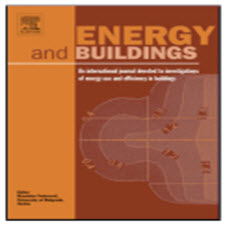
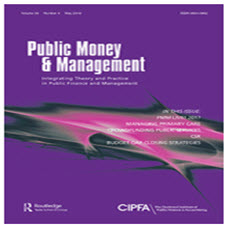
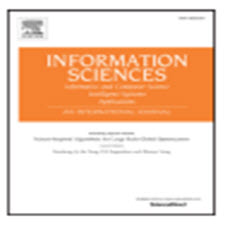
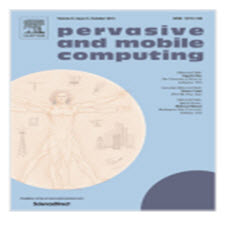
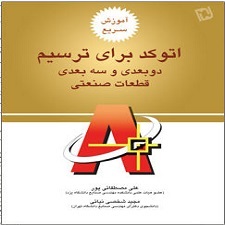

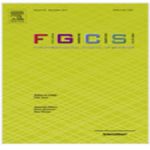
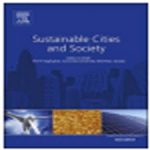
نقد و بررسیها
هنوز بررسیای ثبت نشده است.